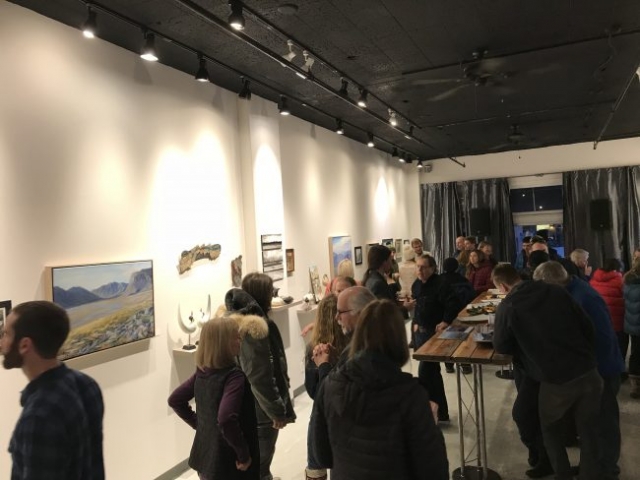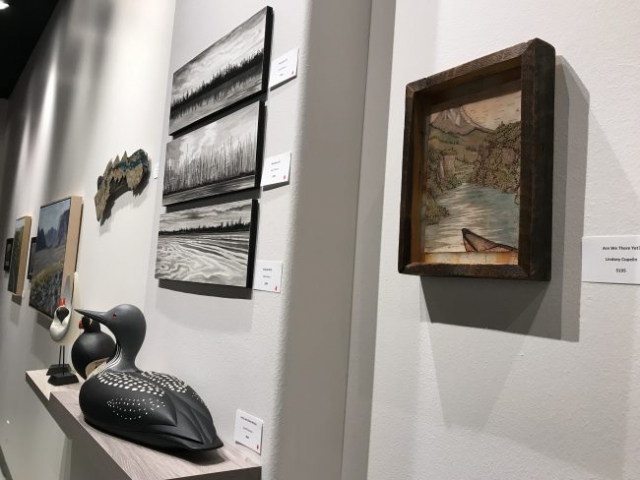By: Jeff Walters, Fairbanks
I have lived in Alaska since 1982 and had never seen a wild polar bear until this year. Thanks to Friends of Alaska Wildlife Refuges, I not only assisted with education and outreach efforts in 2019—but I also saw many wild polar bears!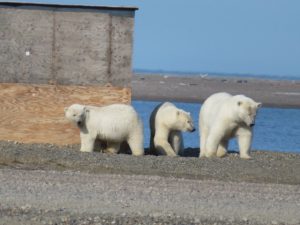
In the last decade, the number of people visiting the village of Kaktovik (on the Arctic Ocean coast) to view polar bears has increased dramatically. This is due, in part, to the listing of the polar bear as a threatened species under the Endangered Species Act in 2008. It is also due to the increasing number of polar bears in the Kaktovik area, especially during August, September, and October when they are drawn to barrier islands and beaches in search of food. Kaktovik (population less than 300) is surrounded by the Arctic National Wildlife Refuge, which creates unique challenges and opportunities for the U.S. Fish & Wildlife Service and Alaska Native residents to manage increased tourism in this area. Visitors—up to 35 a day—travel here, usually in small tour groups that stay from 7 hours to 3+ days.
The U.S. Fish & Wildlife Service has one employee, Refuge Ranger Will Wiese, based in Kaktovik. He is assisted in his education and outreach efforts by one or two people who present information to visitors, answer questions, observe visitation, and estimate daily tourism numbers (among other tasks). These assistants are often members of the Student Conservation Association. Occasionally others are needed too—and this is why I was invited to travel to Kaktovik.
I was in Kaktovik August 23-September 5 and had an AMAZING experience! 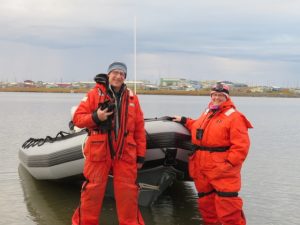
Here are some highlights:
I saw my first polar within an hour of arrival.
I saw as many as 20+ polar bears in one day.
I interacted with visitors from all over the world, from Italy, Israel, and Brazil to Atlanta, Tucson, and Kotzebue.
I was in Kaktovik when villagers harvested two of the three bowhead whales they are allocated each year. I observed the excitement and great cultural significance these harvests bring to the community.
As an active birder, I was excited to see Snow Buntings and Greater White-fronted Geese throughout the village, Common and Red-throated and Yellow-billed Loons in the lagoon, Sanderlings on the beach, hundreds of Snow Geese preparing to migrate, and lots more!
And here are a few things I learned:
• Although some subpopulations of polar bears appear to be holding their own, the SouthernBeaufort subpopulation (found in this area) is declining.
Polar bears are coming ashore on the North Slope earlier, and in greater numbers, in recent
summers.
Late summer is a “lean” time of year for polar bears, and they are drawn to this area in search
of food.
Arctic Ocean sea ice was at its second-lowest extent in summer 2019; in August/September
sea ice was 300+ miles offshore. So polar bears that come ashore are stranded until shore
ice returns in late fall.
Kaktovik residents and the U.S. Fish & Wildlife Service continue the challenging “dance” of
allowing tourists in guided boats on the waters (which are managed by the Fish & Wildlife
Service) while providing respect for—and input from—local residents.
The people of Kaktovik were unfailingly kind to me as I walked around the village with my
binoculars and bear spray looking for birds.
Will is really good with boats and he really knows his bears and birds!
This was an AMAZING experience. And I learned early on that my travel expenses were paid by Friends of Alaska National Wildlife Refuges! Thank you, Friends, for making opportunities like this possible and for supporting—in many ways—our state’s National Wildlife Refuges!
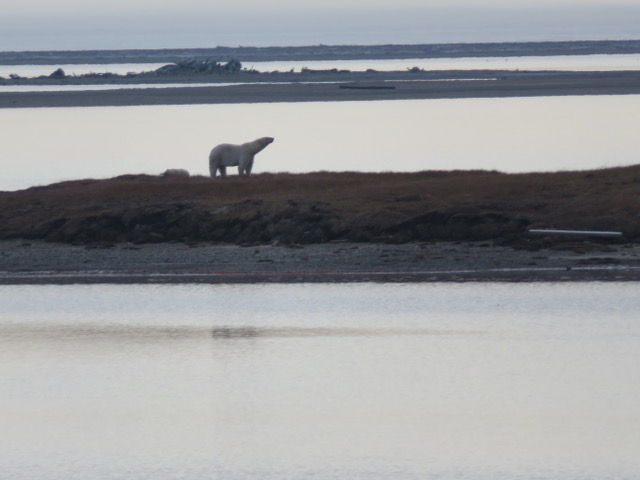
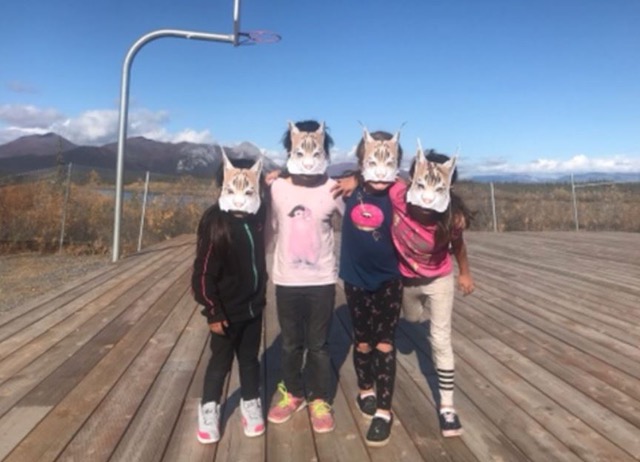
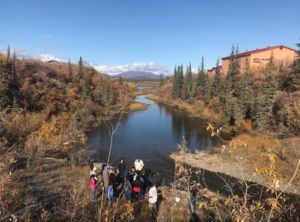

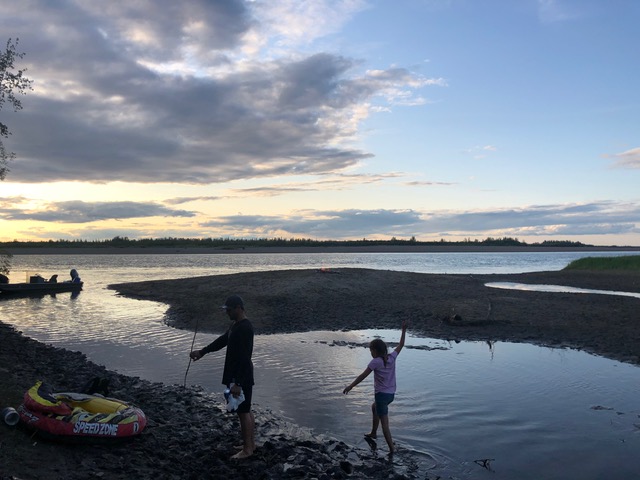
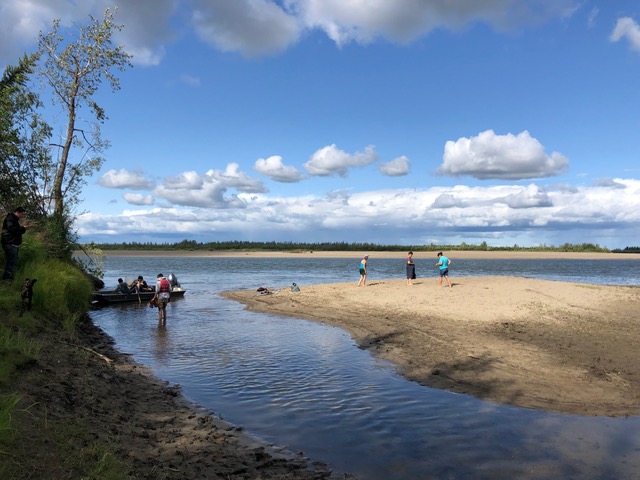
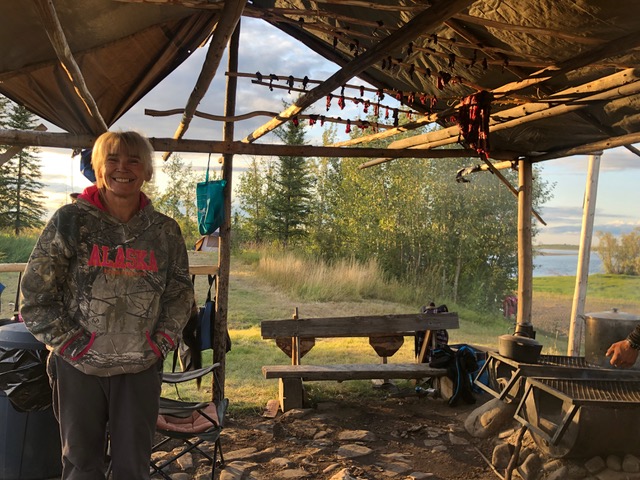

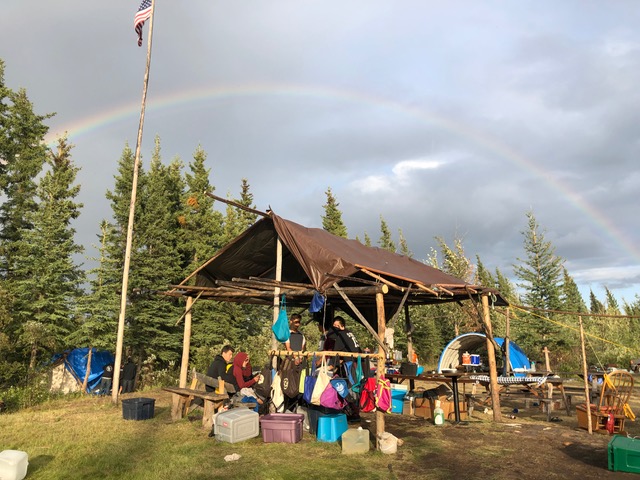

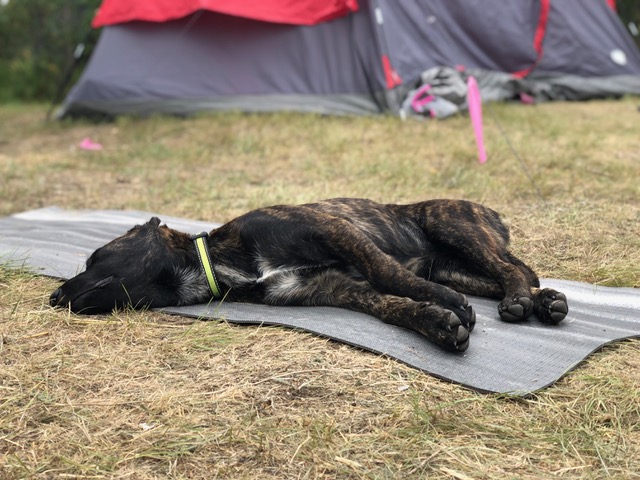
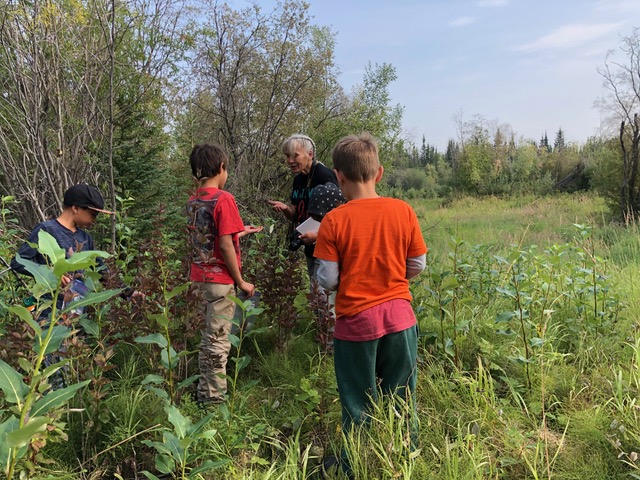
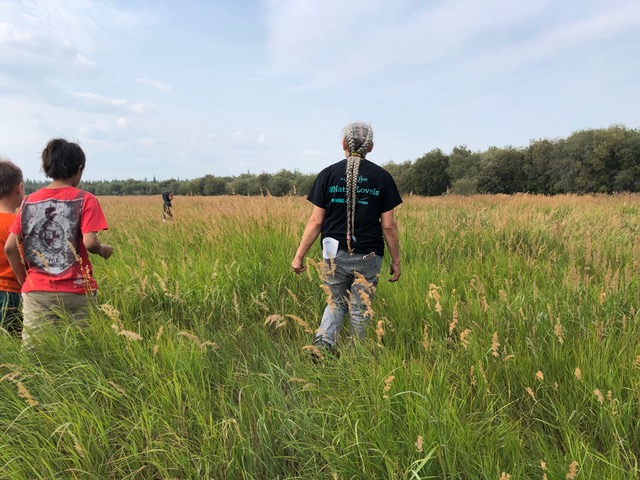
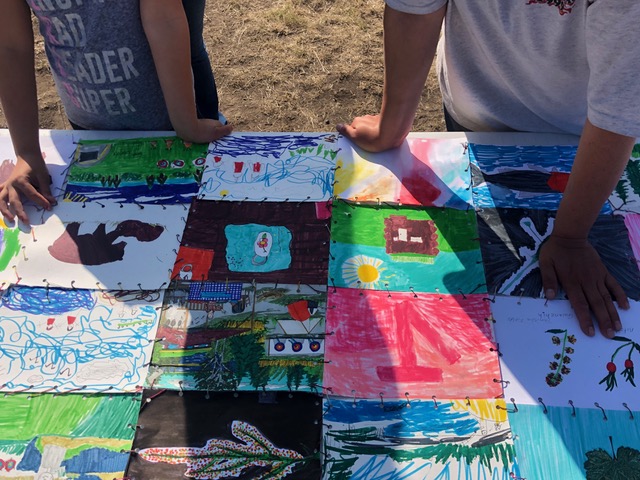

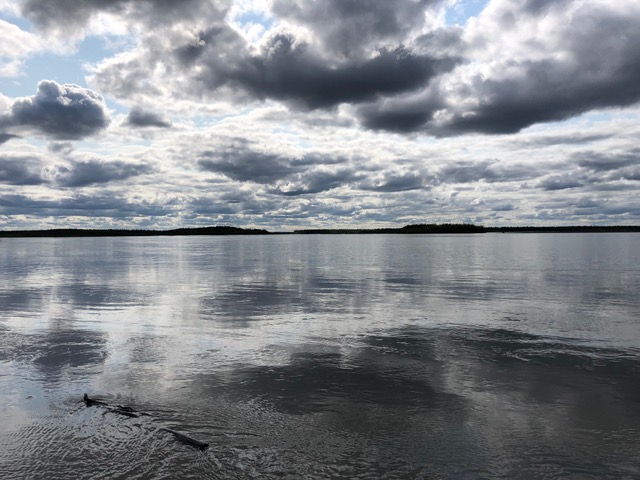
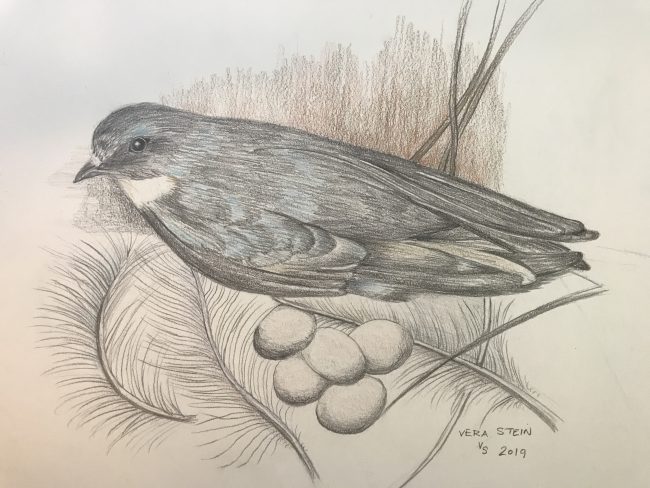
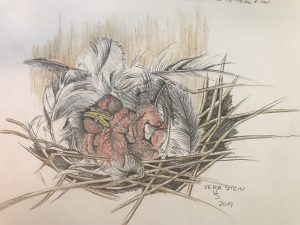
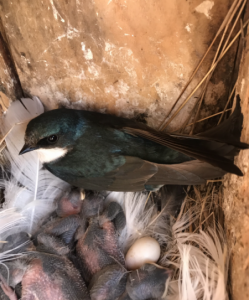

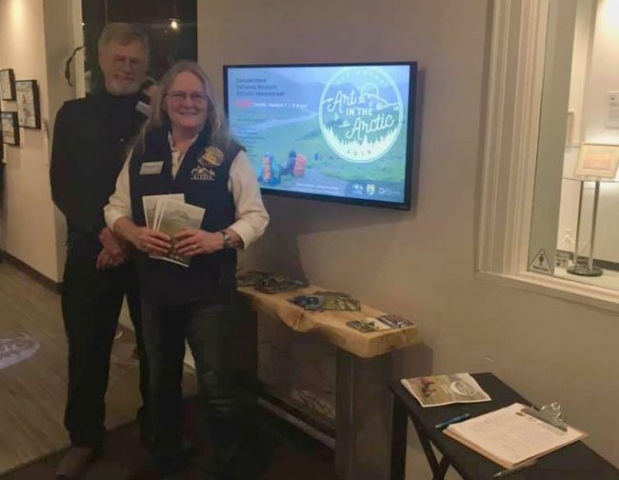


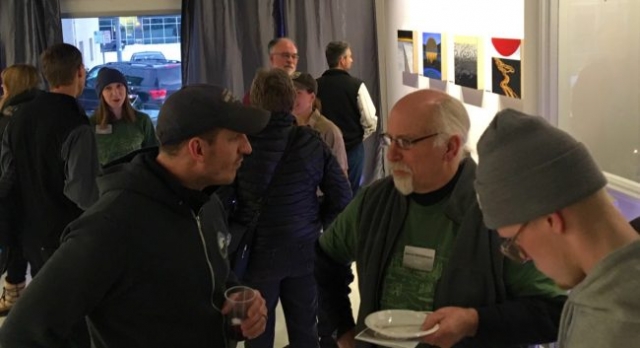
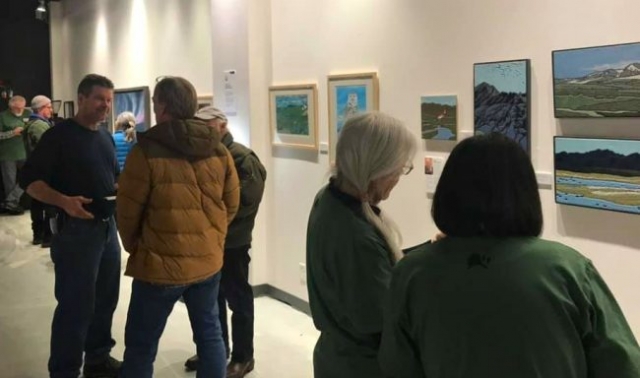
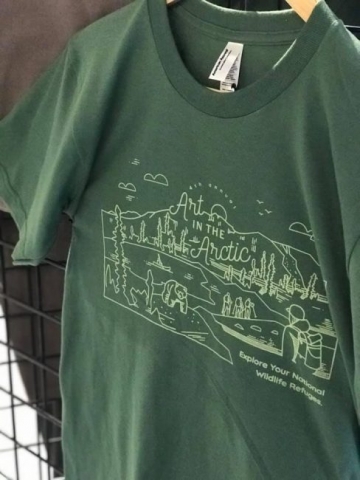
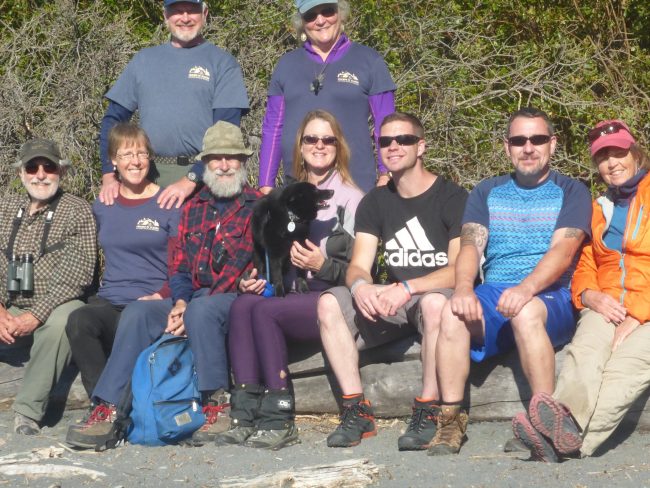
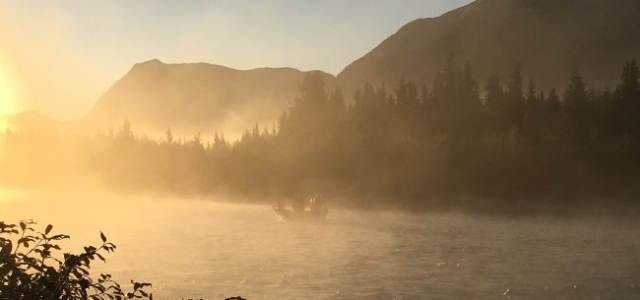

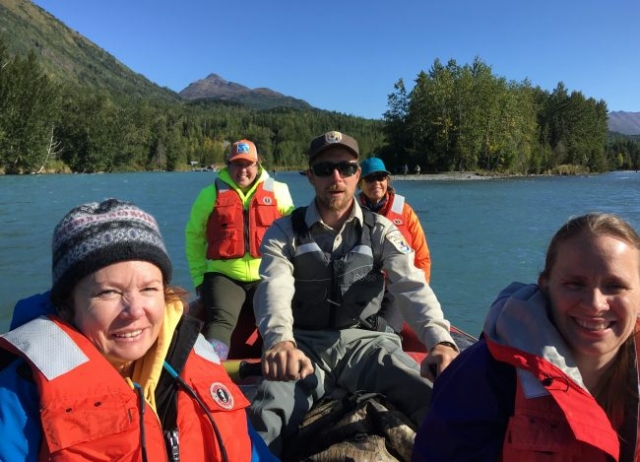
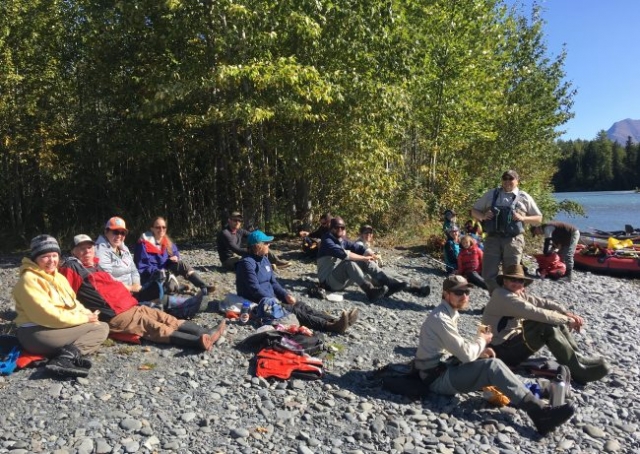
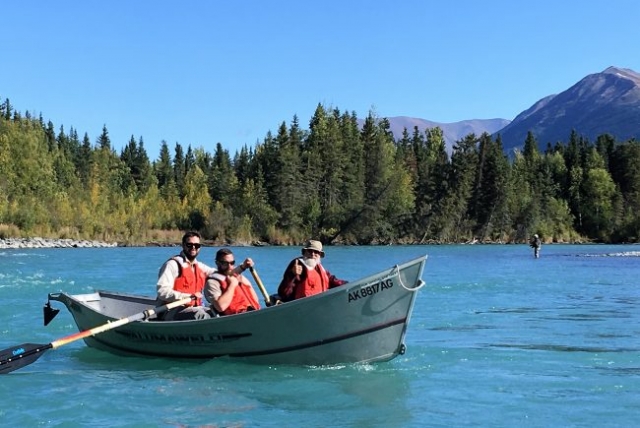
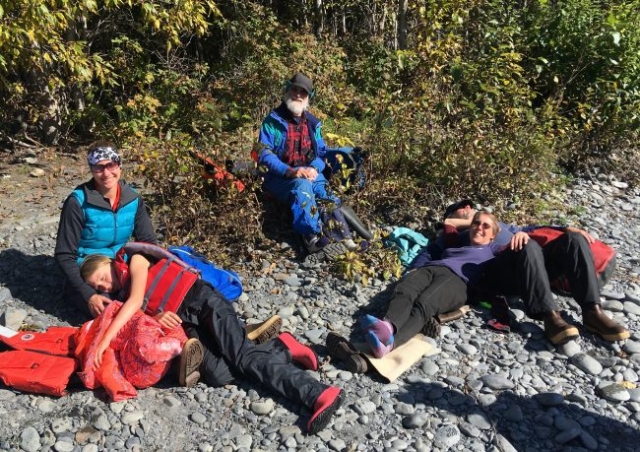
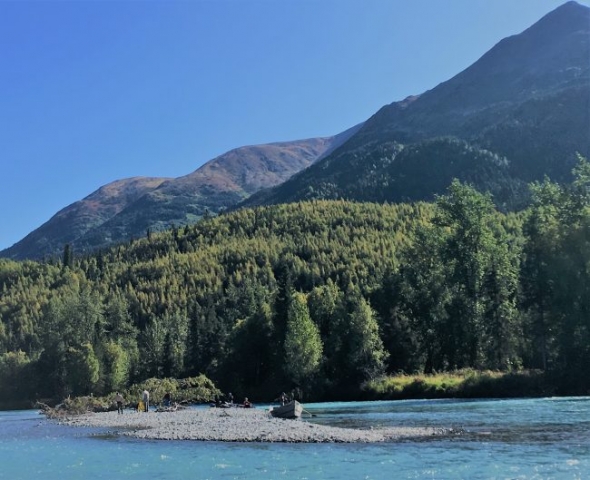
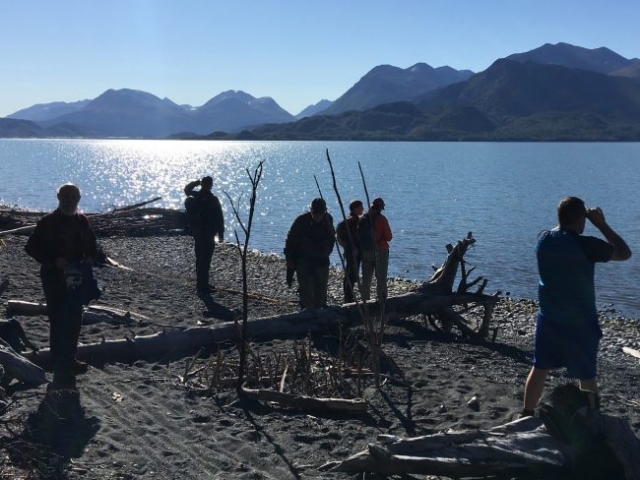

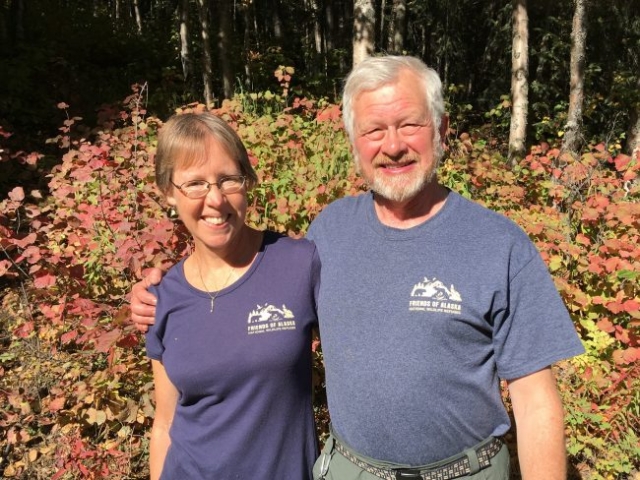


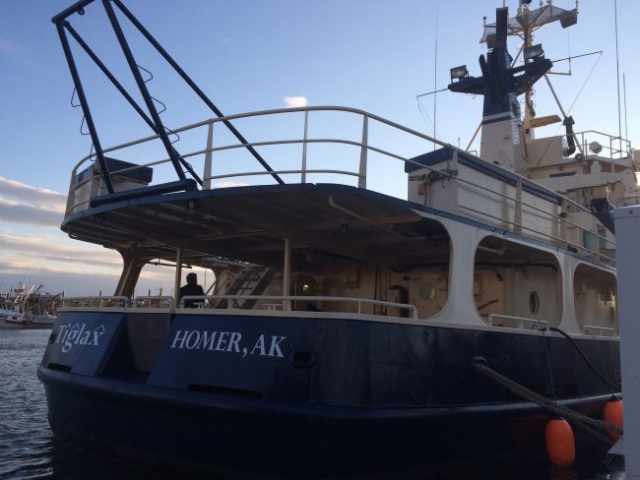

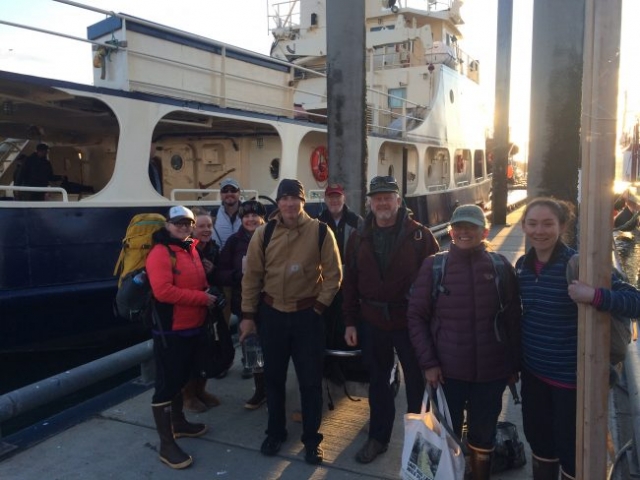
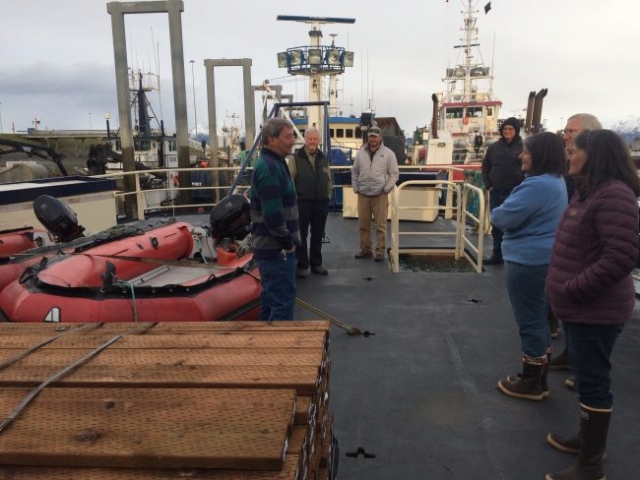
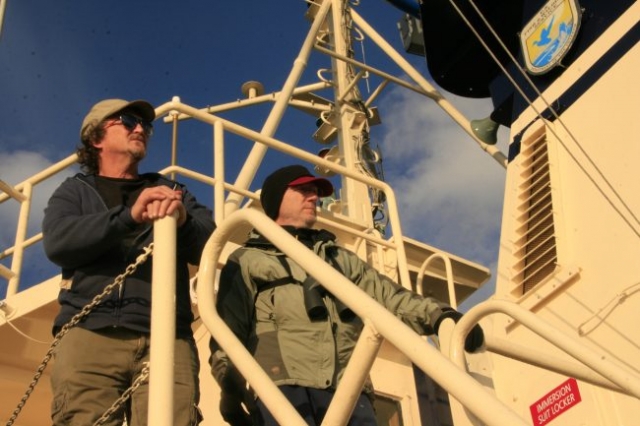
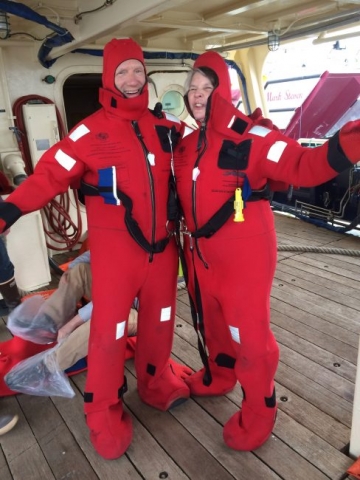
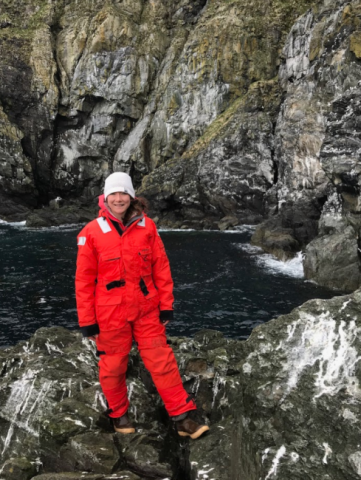





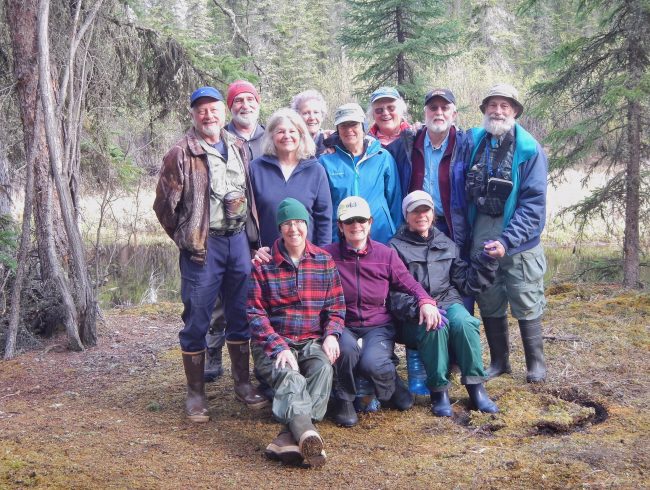
 Friday
Friday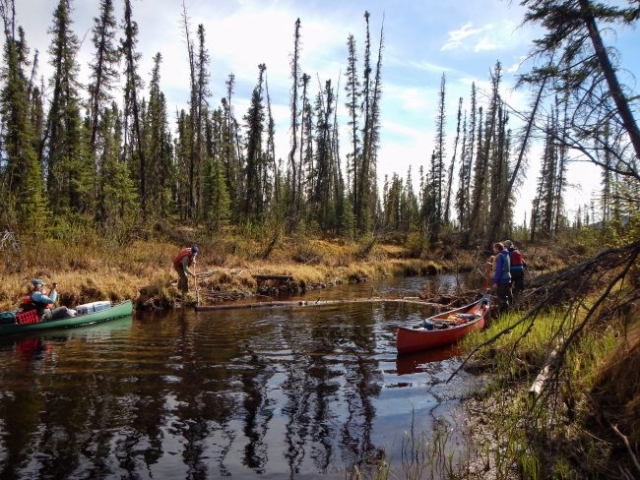
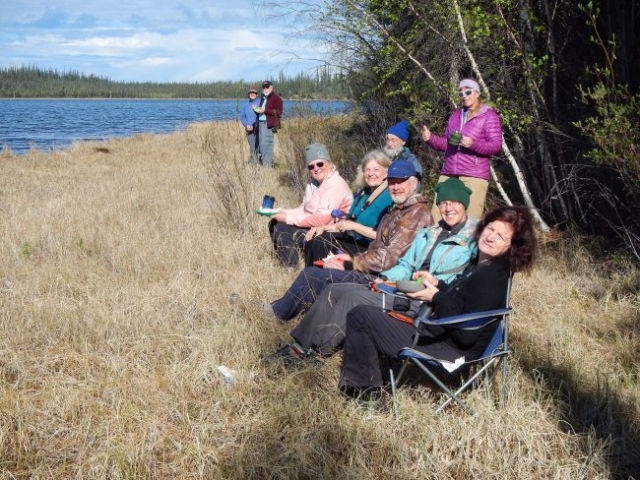
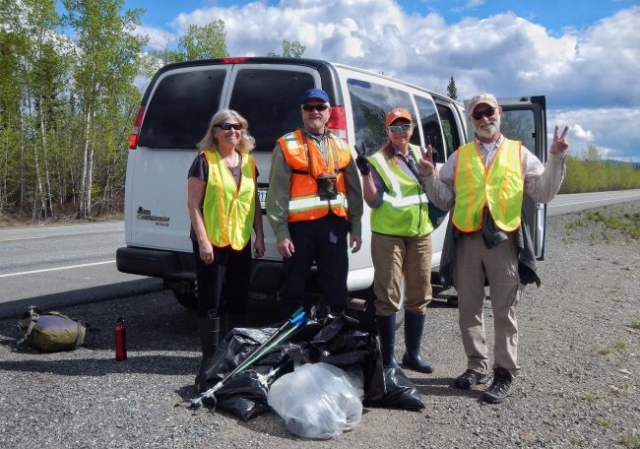
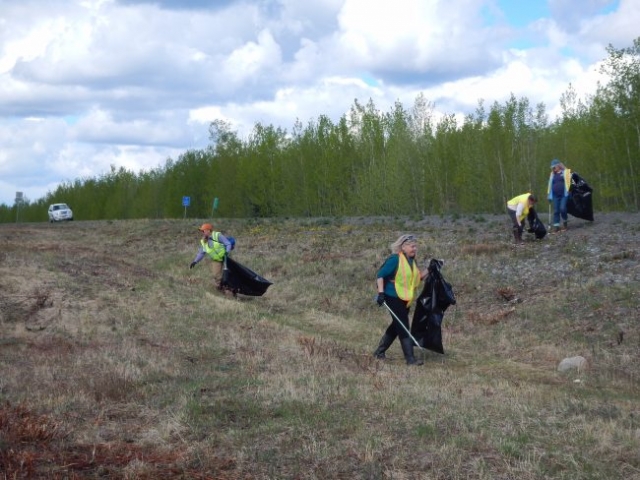
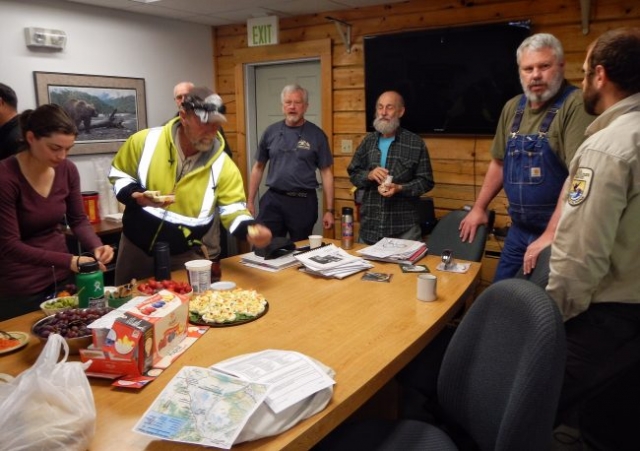
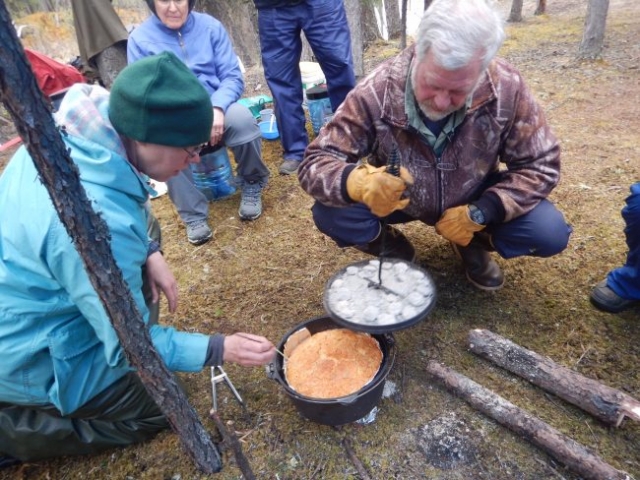
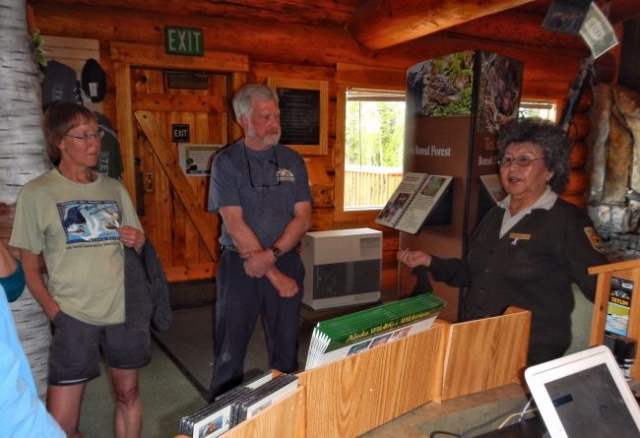
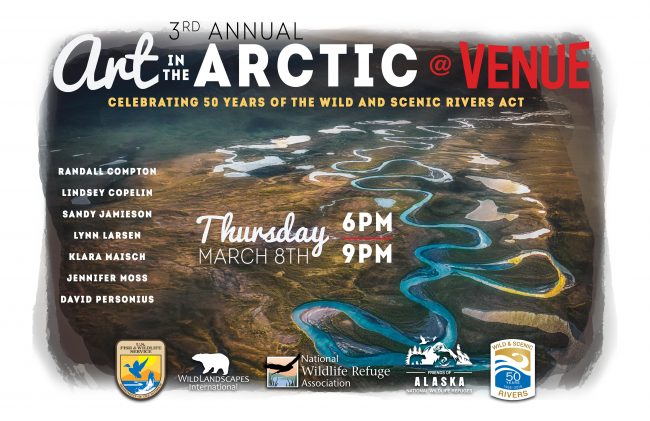
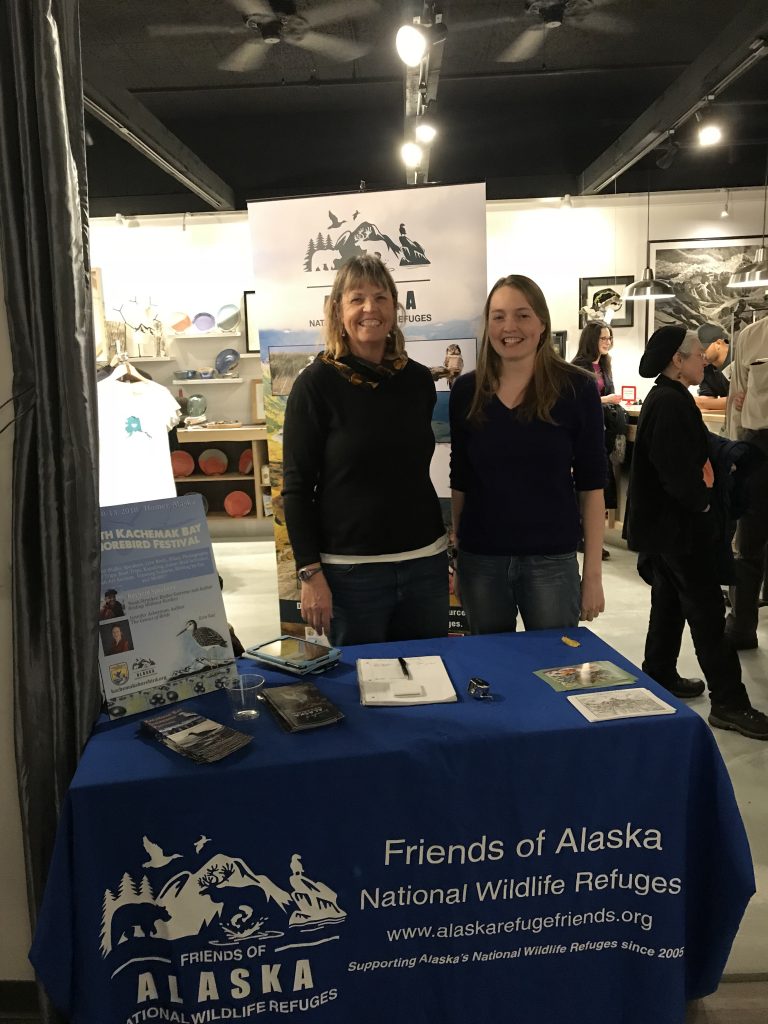 The 3rd annual Art in the Arctic show was held on March 8, 2018 at VENUE. Seven local artists were featured including Randall Compton, Lindsey Copelin, Sandy Jamieson, Lynn Larsen, Klara Maisch, Jennifer Moss, and David Personius. In celebration of the 50th Anniversary of the Wild and Scenic Rivers Act, this year’s show connected the public with the significance and history of Wild and Scenic River designation, especially within national wildlife refuges in Alaska. Artwork will remain on exhibit until the end of March.
The 3rd annual Art in the Arctic show was held on March 8, 2018 at VENUE. Seven local artists were featured including Randall Compton, Lindsey Copelin, Sandy Jamieson, Lynn Larsen, Klara Maisch, Jennifer Moss, and David Personius. In celebration of the 50th Anniversary of the Wild and Scenic Rivers Act, this year’s show connected the public with the significance and history of Wild and Scenic River designation, especially within national wildlife refuges in Alaska. Artwork will remain on exhibit until the end of March. 
